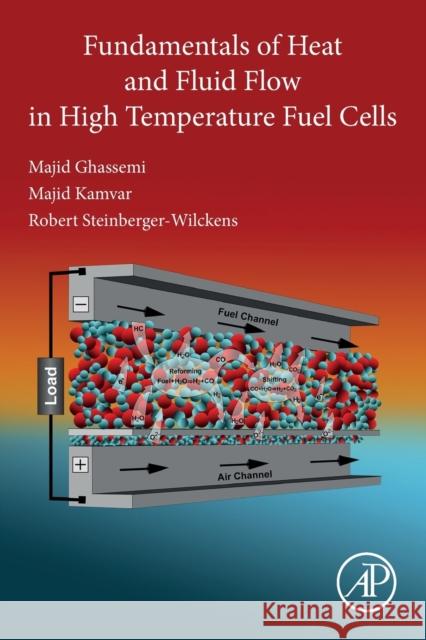Fundamentals of Heat and Fluid Flow in High Temperature Fuel Cells » książka
topmenu
Fundamentals of Heat and Fluid Flow in High Temperature Fuel Cells
ISBN-13: 9780128157534 / Angielski / Miękka / 2020 / 312 str.
Kategorie:
Kategorie BISAC:
Wydawca:
Elsevier Science Publishing Co Inc
Język:
Angielski
ISBN-13:
9780128157534
Rok wydania:
2020
Ilość stron:
312
Waga:
0.32 kg
Wymiary:
22.86 x 15.24 x 1.07
Oprawa:
Miękka
Wolumenów:
01











